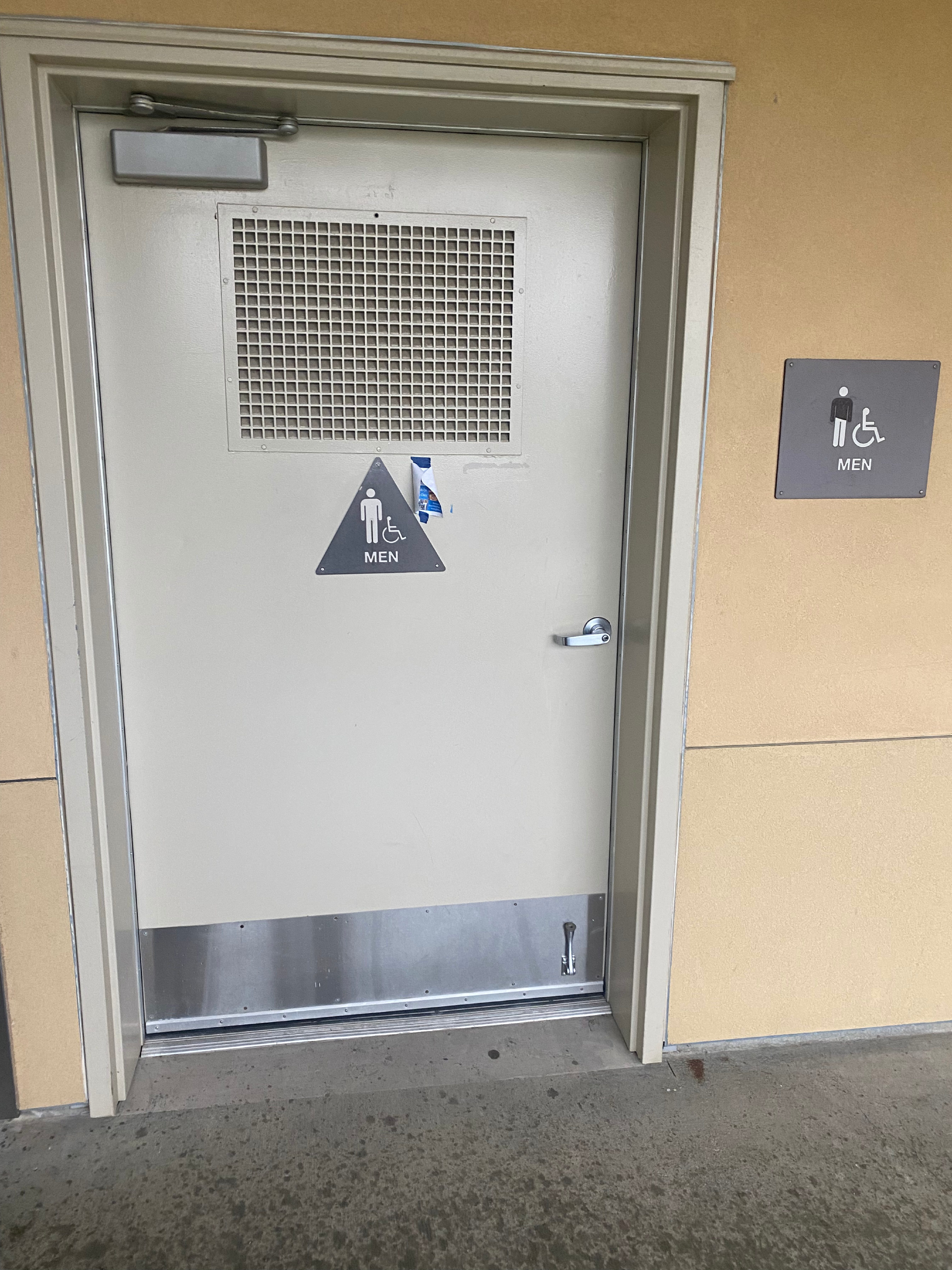South of 50 – Ambitious and Controversial
Eagle time: Apr 21, 2017
Folsom has been growing at a massive rate for decades. In 1960, the City of Folsom had a population of 3,925. Fifty-seven years later, the population is nearly 20 times larger, at more than 77,000. With an upcoming development in Folsom, the city will see an even more massive population growth.
The “South of 50” project, officially known as “Folsom Ranch”, is a development of 3,513 acres south of Highway 50 that will be able to “accommodate approximately 28,023 residents,” according to City Planner Scott Johnson. The development will be spearheaded by WestLand Capital Partners, who own about 80 percent of the land below Highway 50.
The project will turn the grasslands between Highway 50 and White Rock Road into a suburban area much like the rest of Folsom. It will include different densities of housing, commercial districts and open space for parks and trails. Over 1,000 acres of the 3,500-acre development will be open space, much of it located where the large collection of blue oaks reside on the west side of the area.
The development will resemble many of the other new areas of Folsom. Business and industrial parks will be located next to Highway 50. Commercial space will take up a large amount of land near the highway as well, and will border Prairie City Road. Then a mix of housing and park land will occupy the bulk of the area.
Development is set to begin in 2018, but it will not be a quick project. According to Johnson, it will take 20 to 25 years to fully build out the 3,500-acre area.
Although the development will begin next year, the plan still has problems. “The most common negative we hear is about the additional traffic that the development would generate,” said Johnson. And though California has received large amounts of rainfall in the last year, the drought is officially still ongoing. The influx of 25,000 plus people could be detrimental to Folsom during a similar drought after the project is completed. However, according to the Greater Folsom Partnership, Folsom Ranch buildings will use “low use” or “low flow” water fixtures.
Another criticism the project faces is that it creates future urban sprawl by opting for low-density housing in an era when many cities are looking at a future of “smart growth” that advocates for high density development and more public transport. However, according to Greater Folsom Partnership, the area will have bike lanes and “bus rapid transit with connection to [the] light rail at Hazel Avenue.”
Although developers and the city have tried their best to improve perception of their project, it is still opposed by many. The most prominent is Roger Gaylord, a Folsom City Councilman elected last year. During his campaign, he made it clear that he would not be influenced by developers, stating during his campaign that Folsom was “in jeopardy of losing the defining characteristics that make us unique.” He has stated that he will try to “ensure Folsom has a smart growth agenda, not a growth for growth’s sake agenda.”
He said the biggest issue with the plan is the lack of a new water supply. The city stated it would “Identify and secure the source of water supply(ies) to serve the area. This new water supply shall not cause a reduction in the water supplies designated to serve existing water users north of Highway 50 and the new water supply shall not be paid for by Folsom residents north of Highway 50.” However, this never happened and the developers struck a deal with the city, one where they would fix a water pipe problem the city couldn’t, which would save 5,600 acre feet of water. According to Gaylord, this deal “lacked transparency with residents as most still didn’t know it happened.”
Another issue Gaylord has is the amount of money being poured into different city council campaigns by Political Action Committees, such as BizPAC, known for being very pro-development. They have contributed to former councilman as well as a former vice mayor.
At the end of the day, the development will happen. As the project will take up to 25 years to complete, and there is no guarantee that it will be built exactly as planned. Development is no stranger to Folsom, but this is one of the most important things happening in the city today, and it could easily change the landscape of Folsom. Will it still be a “smaller” city that is “Distinctive by Nature”? Ultimately, the impact may not be known until after the project starts next year.











































Denny • Aug 25, 2019 at 10:54 am
I think the bigger concern would be the ground contamination that exists where houses and parks are planned. It seems as though the main focus has been on water and traffic concerns, but not the true health hazard that is present; Aerojet’s Area 40 test grounds. I wonder who on the city planning commission was paid off to allow this development. Better yet, I wonder if any of the council live in Folsom Ranch (aka Area 40)?